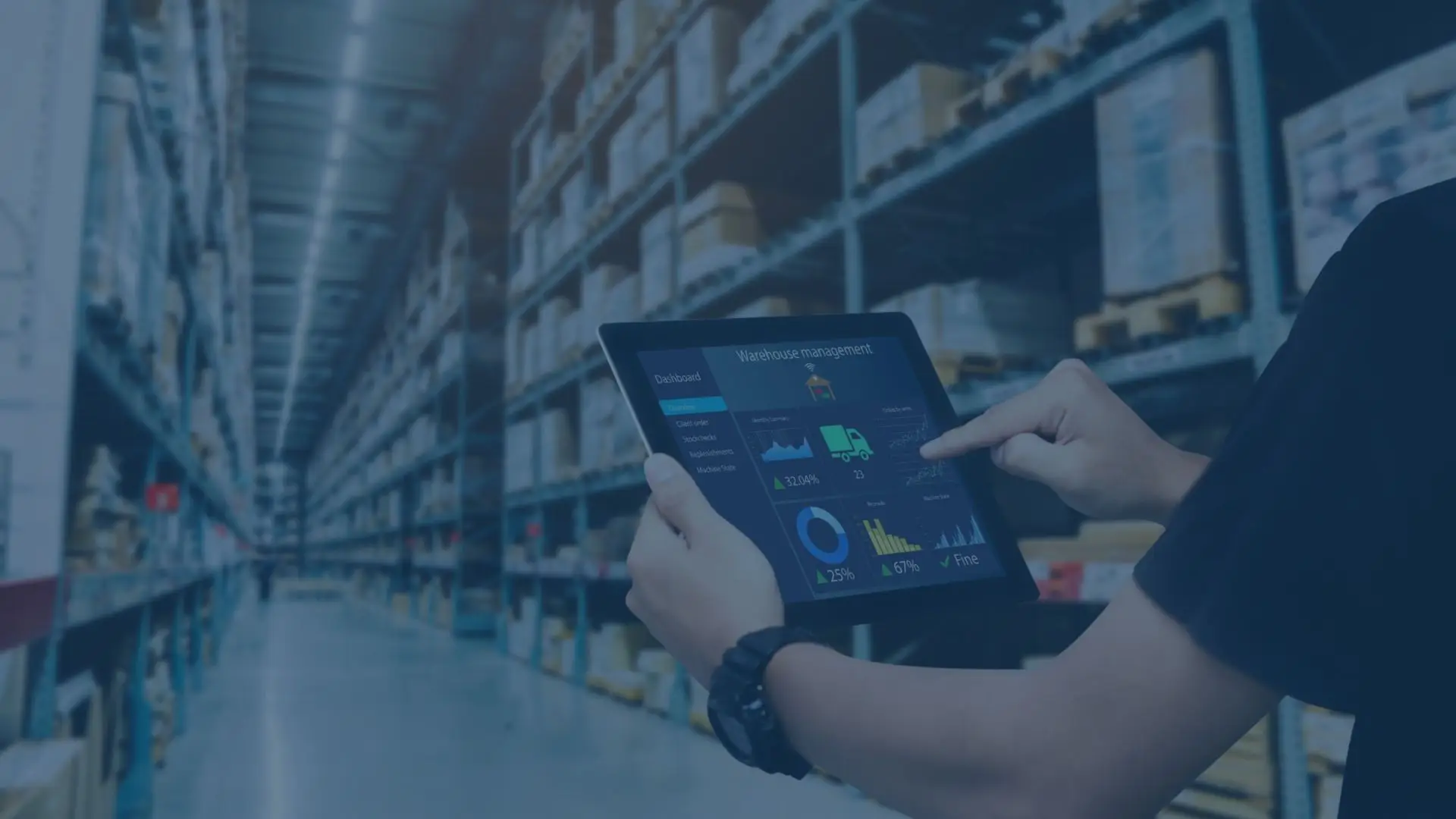audius Service Desk
Well-defined services are the lubricant that ensures smooth-running processes and efficiency even in complex structures. Services allow organizations to concentrate on their core business and their own strengths so that they can set themselves apart from the competition. That is why we increasingly come across external services in modern organizations: from fleet management to building services, from accounting to the IT helpdesk.
audius Service Desk – your experts for service management
info
Normaler Abstand nach oben
Normaler Abstand nach unten
(accessibility + expertise + commitment) times common sense squared
Our solutions
loesungen
Kein Abstand nach oben
Normaler Abstand nach unten
Downloads
downloads
Normaler Abstand nach oben
Normaler Abstand nach unten

Facility Service – als Überbegriff für alle Dienstleistungen, die für einen optimalen Betrieb und eine reibungslose Nutzung von Gebäuden und Anlagen notwendig sind, ist unstrittig ein wesentlicher Faktor für die Produktivität, die Sicherheit und Zufriedenheit von Mitarbeitenden.

Steigende Tickets und langsame Standardprozesse überlasten den IT-Support und frustrieren Nutzer. Zero Level Support setzt früher an: Mit Self-Services und Automatisierung lösen Anwender Probleme eigenständig und effizient.

Ein effizienter IT Service Desk ist entscheidend für Produktivität und Agilität. Mit unserer 8-Punkte-Checkliste legen Sie den Grundstein, um die Effizienz Ihres Service Desks nachhaltig zu steigern.
Trends und Insights
Kein Abstand nach oben
Normaler Abstand nach unten
Our answers to frequently asked questions about Service Desk
faq
Kein Abstand nach oben
Normaler Abstand nach unten
What is a service desk?
A service desk is an IT support unit responsible for managing and resolving technical problems and requests within an organization. Unlike a helpdesk, which focuses primarily on resolving technical issues related to products or services, a service desk is a broader IT support function that can handle requests relating to hardware, software, networks, and other IT-related areas. In addition to resolving technical issues, a service desk may also be responsible for managing and coordinating major incidents, performing routine system maintenance, and providing proactive incident prevention support.
The primary objective of a service desk is to provide a central point of contact for users and customers to report incidents, request services, and seek support. Service desk staff are trained to identify, diagnose, and resolve incidents and service requests quickly and efficiently.
Service desk support can be provided through a variety of channels, including phone, e-mail, web-based ticketing systems, and live chat. Service desk teams can use IT service management (ITSM) tools and processes to manage incidents and requests, track progress, and ensure service levels and performance targets are met.
The overall goal of a service desk is to ensure that IT services are delivered efficiently and effectively to meet the needs of the organization and its users.
What are the benefits of remote IT support for service desk operations?
Remote IT support enables service desks to support users regardless of their physical location. This helps to accelerate problem resolution and bring the service to more users. When combined with Managed Workplace Services, this can result in a more efficient and more seamless support experience.
Why is a service desk important for companies?
Operating in accordance with proven IT service management principles, the service desk serves as the central link for all IT and facility services. It ensures a structured incident management process and optimizes customer interaction in an IT and facility context. It is responsible for ensuring that all IT and infrastructure-related incidents and service requests are handled professionally and promptly. It improves IT and facility service quality, reduces downtime, and enhances customer satisfaction.
What role does automation play in the service desk?
Process automation significantly improves the efficiency of the service desk. Automated processes can enable the service desk to respond quickly and accurately to incident management requests while maintaining IT service quality. This promotes better allocation of resources and allows service desk teams to focus on more complex tasks that cannot be automated - in both IT and facility services.
Why is continuous training important for service desk staff?
In the fast-paced technology and facility environment, requirements and solutions are changing all the time. Regular training ensures that IT or facility service desk staff have up-to-date knowledge and are able to provide the best possible support in their respective areas. Training is complemented by the integration of knowledge management in day-to-day work.



